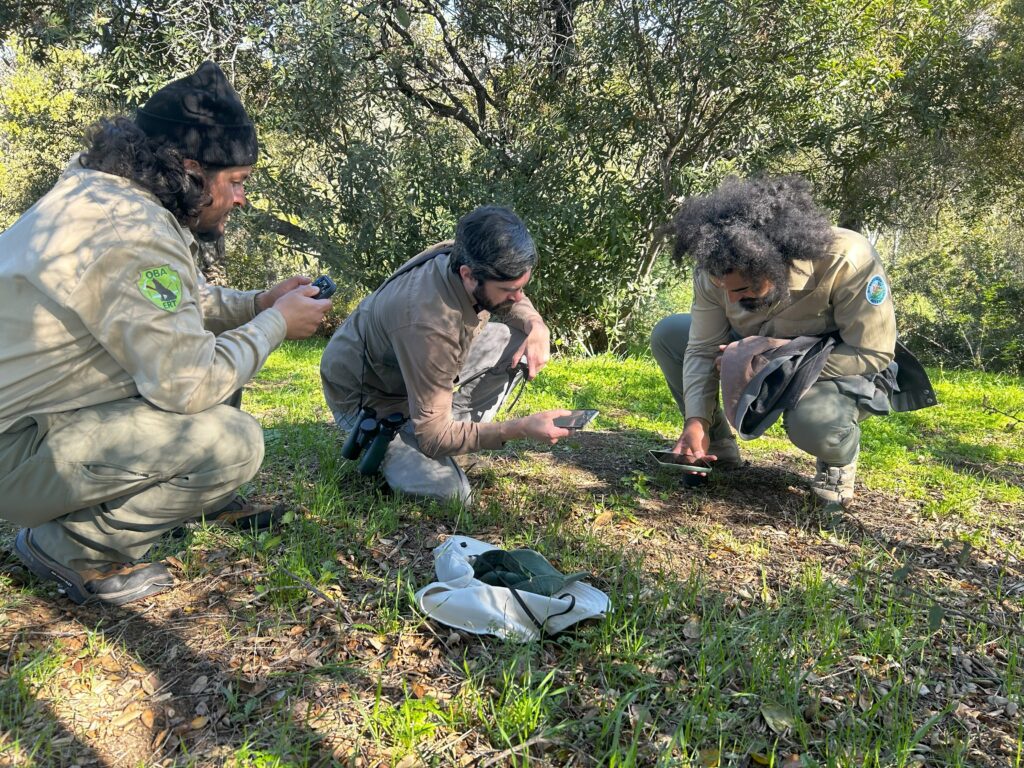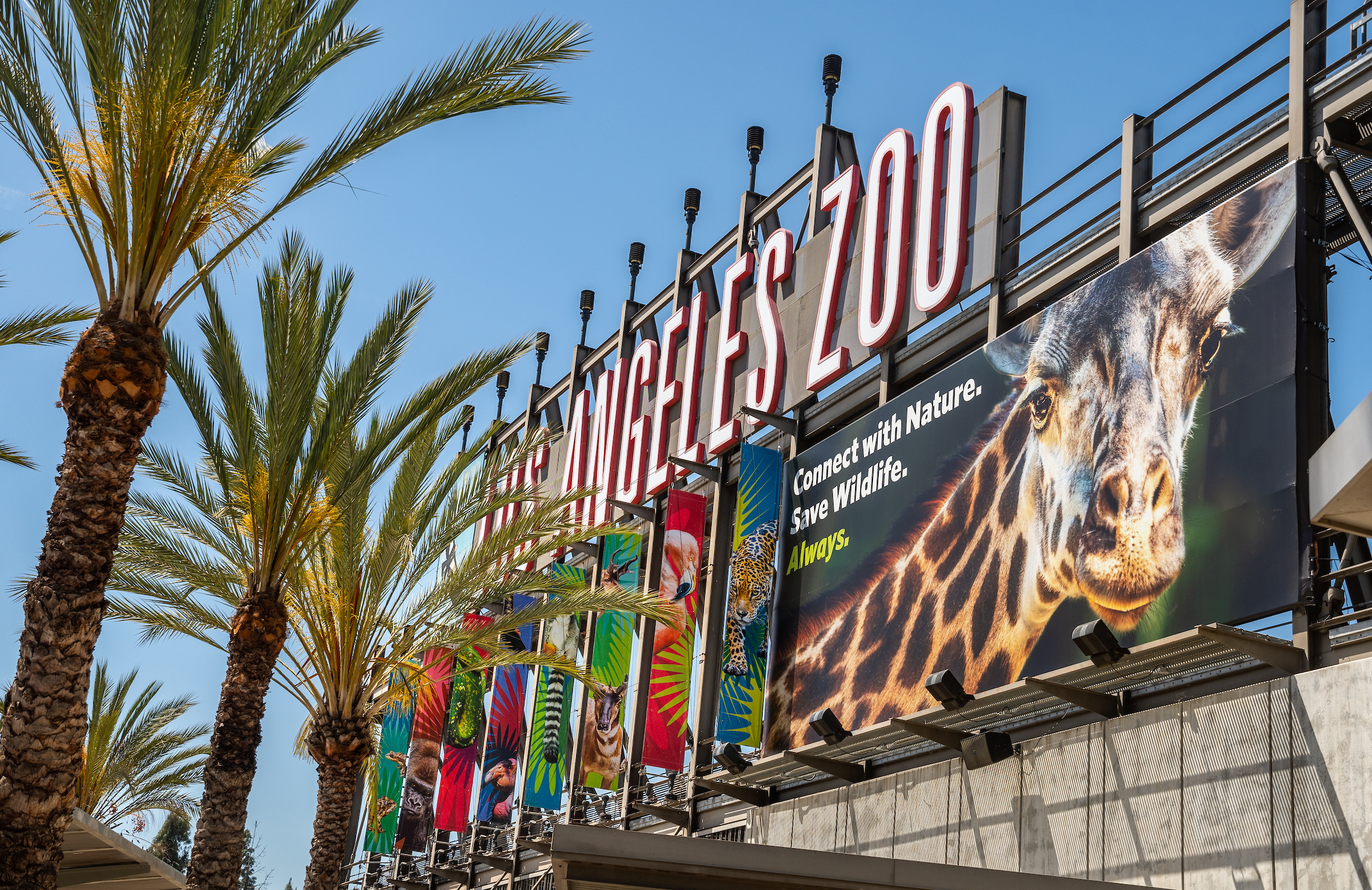Digging Deeper into the Oak Woodland Restoration and Career Pathways Project
By: Cortney Vargas

A quiet hillside on the edge of the Los Angeles Zoo is about to tell a new story: one of ecological restoration, community partnership, and a shared vision for the future. Once used for equipment storage and long overlooked, this patch of land within Zoo grounds is being transformed into a vibrant native oak woodland through the Oak Woodland Restoration and Career Pathways Project.
The five-year, $4.1 million initiative is revitalizing six acres of degraded habitat into a thriving native ecosystem. But this project is growing more than plants; it is also growing opportunity. In partnership with Outward Bound Adventures (OBA), the Zoo is training young adults from historically marginalized communities for careers in conservation. Through hands-on fieldwork such as removing invasive species, propagating native plants, and monitoring biodiversity, participants are gaining real-world experience that will open doors to environmental careers. Their work follows a comprehensive learning and evaluation plan that builds technical expertise, ecological literacy, and professional confidence.
The roots of this partnership date back to 2021, when a small restoration effort in the Zoo’s Behavioral Enrichment Garden sparked a bigger vision. During a walkthrough in an underused area of the Zoo, OBA Executive Director Charles Thomas and the Zoo’s Conservation Director Dr. Jake Owens saw untapped potential. That moment of inspiration led to the co-design of the Oak Woodland Restoration Project and a successful joint proposal to the State of California Wildlife Conservation Board. With City Council approval and support from the Mayor’s Office in November 2024, the partnership became official, marking a landmark public-private collaboration.
For the L.A. Zoo, the project advances key goals outlined in its Conservation Strategic Plan, including its focus on social and environmental justice, California conservation, and evidence-based restoration. It also reflects the Zoo’s commitment to engaging meaningfully with the community and working alongside trusted partner organizations to create lasting impact.
Since beginning fieldwork in April 2025, OBA’s Environmental Restoration Team (ERT) has made swift and meaningful progress. In just two months, the team has removed nearly 3,000 feet of outdated irrigation infrastructure, cleared the area of invasive brush, and completed their native plant identification learning module. With support from Zoo Construction and Grounds Maintenance Divisions, a nursery shade structure was erected, and a nesting bird survey and a Biological Resources Assessment (to identify plants, animals, and landscape features of the site) was conducted by consultants at Endemic Environmental Services. With nearly 950 hours of fieldwork completed, the ERT’s efforts are laying a strong foundation for ecological recovery and Zoo cross-divisional collaboration. If you’re visiting the Zoo, you can catch a glimpse of the transformation in progress near the tram stop closest to the okapi habitat in the Africa area.

